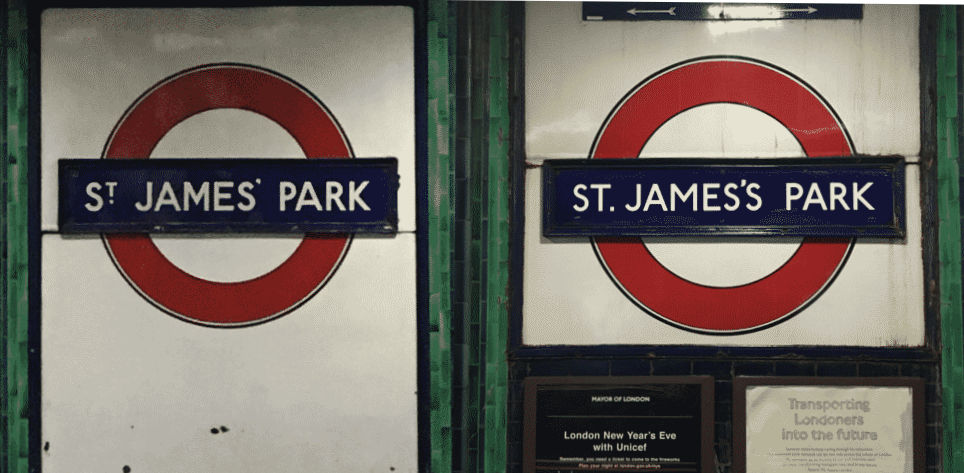The much-maligned apostrophe is actually an incredibly useful punctuation mark, allowing writers and editors to distinguish in print between plurals and possessive forms of nouns in sentences that may sound identical but mean very different things:
My sister’s friend’s car = The car belonging to the (one) friend of my (one) sister
My sisters’ friend’s car = The car belonging to the (one) friend of all my sisters
My sister’s friends’ car = The car belonging jointly to the several friends of my one sister
My sisters’ friends’ car = The car belonging jointly to the several friends of all my sisters
Problems tend to arise, however, when the singular noun ends in an ‘s’, such as ‘bus’ or ‘circus’. Should one say “The circus’ clowns went on strike” or “The circus’s clowns went on strike”?
Perhaps this example will help you to decide.
There was a time when people were taught to omit the extra ‘s’ in place-names such as St James’ Park, but these days it’s quite normal to see the ending ‘s+apostrophe+s’: St James’s Park. In fact, the revised spelling more accurately reflects the way in which the name is spoken aloud – go ahead and try it: how many /z/ sounds do you hear?
This changing usage can be seen in the illustration to this article, which shows the one remaining old Tube sign on the left alongside the new version.
Now, over to you. Which would you choose from the following pairs?
Charles Dickens’ Great Expectations
Charles Dickens’s Great Expectations
The twelve disciples were Jesus’ closest followers
The twelve disciples were Jesus’s closest followers.
Image by kind permission of Katie Wignall at Lookup London

